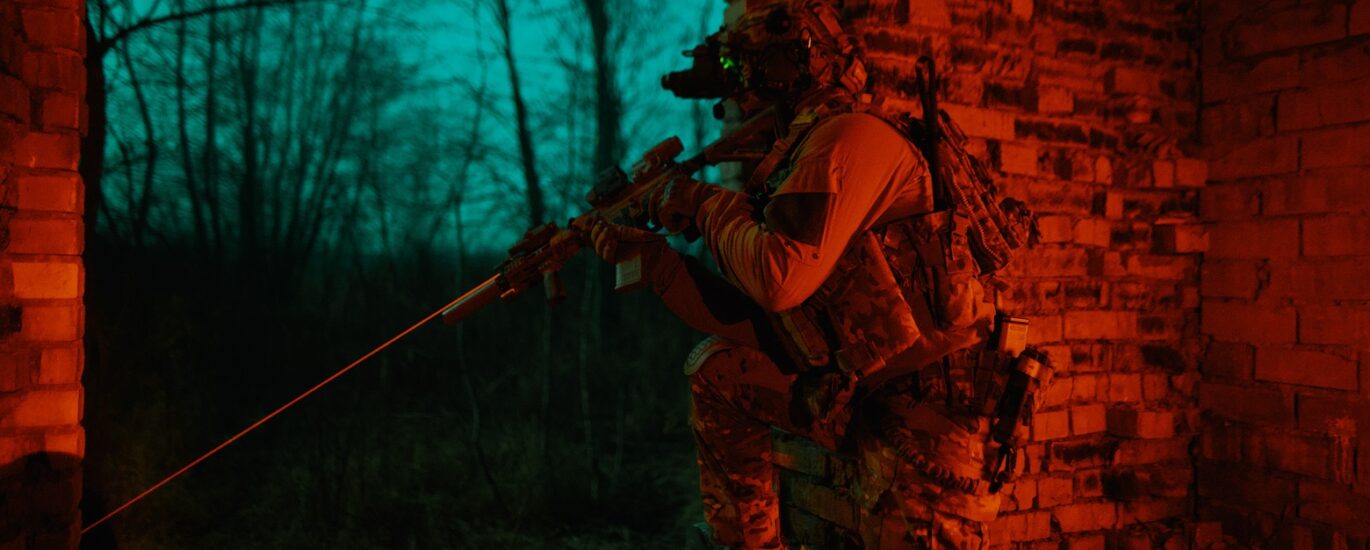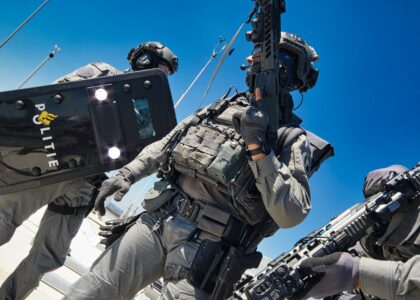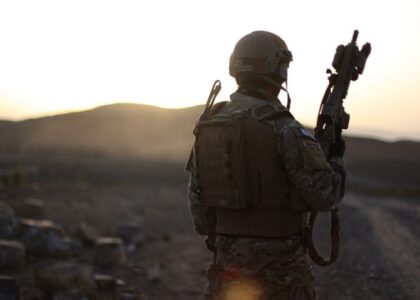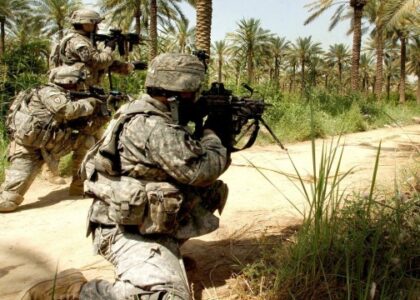If you are in the military, law enforcement, or security, it is important to understand the difference between levels of armor protection. The National Institute of Justice (NIJ) offers a set of ratings that are used to evaluate the ballistic performance of body armor. One such rating is Level IIIA armor, which offers protection against most handgun rounds. But what does this rating mean? Let’s take a look at what you need to know about NIJ Level IIIA ARMOR and its ballistic resistance rating.
What is NIJ Level IIIA Armor?
Level IIIA armor is designed to protect against certain types of pistol rounds up to .44 Magnum. To achieve this level of protection, these vests are made from rigid aramid fibers and woven layers of ballistic fabric. With this combination, Level IIIA armor can stop bullets from 9mm handguns and .357 SIG rounds up to .44 Magnum.
Ballistic Resistance Rating for Level IIIA Armor
The NIJ uses a “Threat Levels” system with levels I through IV that measure the level of protection offered by body armor; Level IIIa falls under Threat Levels III and IV. The ballistic resistance rating for Level IIIA armor indicates that it can withstand shots from high-powered handguns up to .44 magnum as well as 9mm submachine guns and other select firearms. Additionally, it will protect against fragmentation threats such as shrapnel or bullet fragments coming from grenades or other explosions. It should be noted that while Level IIIA will provide more protection than lower levels, it may not offer complete coverage against all types of bullets and other projectiles.
Testing Procedure for Ballistic Resistance Ratings
The NIJ outlines specific testing protocols to determine the ballistic resistance rating for body armor vests including those rated at Level IIIA or higher. These tests involve shooting different types of ammunition into samples constructed according to the specifications outlined by the manufacturers who produce them. To receive a passing grade on these tests, both soft and hard body armor must be able to absorb multiple impacts without allowing any penetration through their fabrics or plates. Tests also measure backface deformation—the amount a vest’s fabric compresses upon impact—as well as how much energy is transferred into the wearer when they are hit with a round during active duty situations.
NIJ Levels I through IV provide an effective way for consumers in the military, law enforcement, and security sectors to compare different types of body armor in terms of their protective capabilities when shopping around for products. Of these levels, NIJ Threat Level IIIA provides robust protection against most handgun rounds up to .44 magnums as well as fragmentation threats like shrapnel or bullet fragments coming from grenades or other explosions. Through rigorous testing protocols outlined by the NIJ, consumers can review ballistic resistance ratings for each type of vest before making their purchasing decisions ensuring that they have reliable products that can meet their needs when out on duty protecting others’ lives and safety.
If you are looking for a trusted source of quality level IIIA armor at competitive prices and great customer service, then look no further than RTS Tactical – they have a wide selection of high-quality NIJ Certified Level IIIA Armor at unbeatable prices – perfect for law enforcement officers, security personnel, or anyone who needs extra protection in dangerous situations. Armed with this information, you’ll be able to make an informed decision about which level best suits your needs.
For more articles, please click here.






Recent Comments